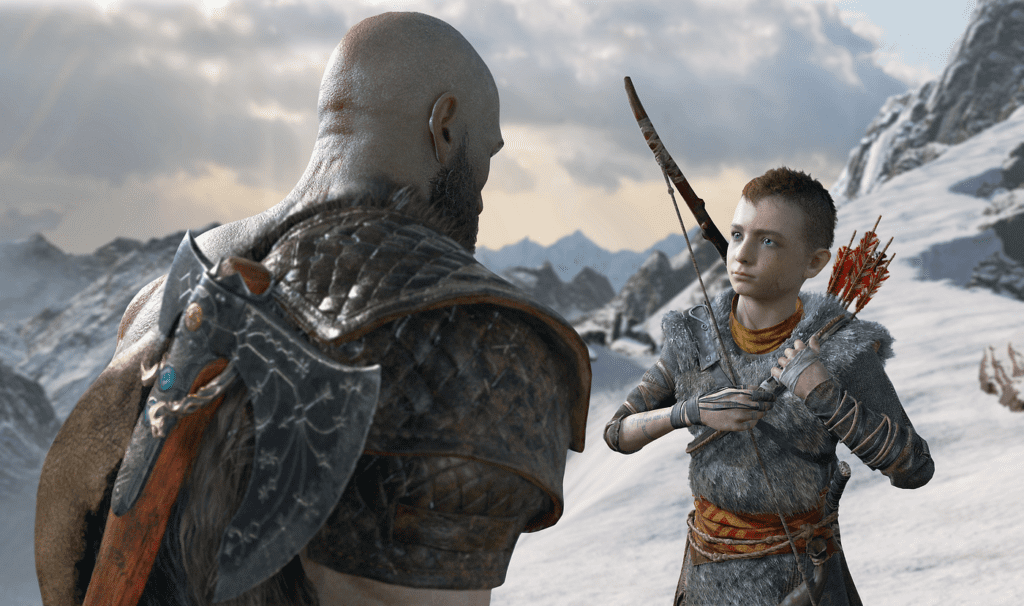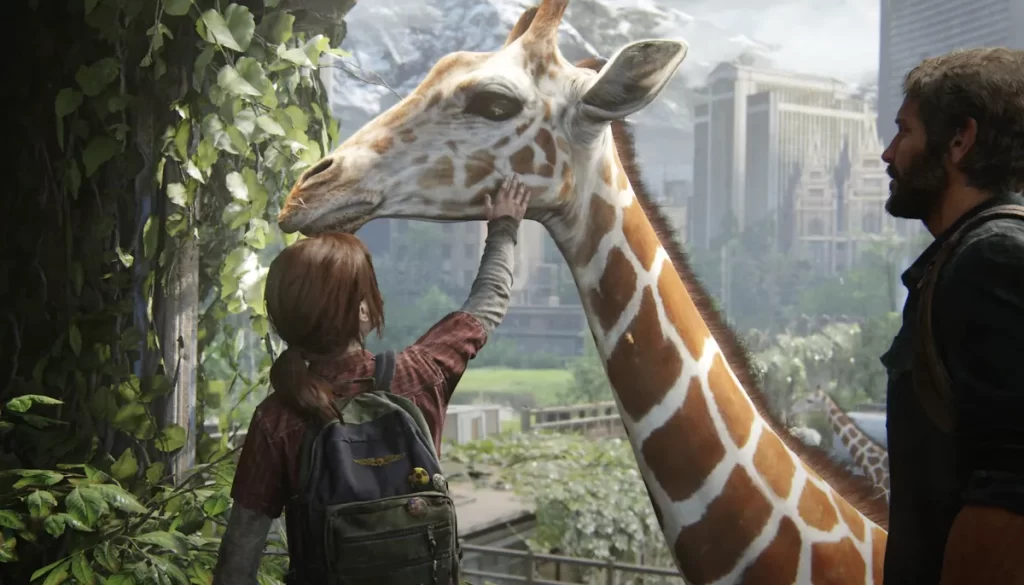Takeaway
Building a brand that resonates with gamers requires a deep understanding of the gaming community, strategic marketing, and a commitment to quality and innovation. Companies that successfully engage their audience through storytelling, community involvement, and consistent brand messaging can create lasting loyalty and drive sales.
In the competitive landscape of video game development, establishing a brand that resonates with gamers is not merely a marketing strategy; it is a fundamental aspect of a company’s identity and longevity. The gaming industry has evolved dramatically over the past few decades, with the global gaming market projected to reach $256.97 billion by 2025, according to a report by Newzoo (2021). This growth underscores the importance of creating a brand that not only attracts players but also fosters a community around it. In this article, we will explore the key elements of building a successful video game brand, supported by real-world examples, research, and complex data.
Understanding the Gamer Demographic
To build a brand that resonates with gamers, it is crucial to understand the demographic landscape. According to the Entertainment Software Association (ESA), as of 2021, 75% of American adults play video games, with the average age of a gamer being 34 years old. This demographic is diverse, encompassing various age groups, genders, and cultural backgrounds. Understanding these nuances allows game developers to tailor their branding strategies effectively.
Moreover, the rise of mobile gaming has expanded the audience further. Statista reported that in 2021, mobile gaming generated approximately $93.2 billion in revenue, accounting for nearly 50% of the global gaming market. This shift necessitates a brand strategy that appeals to both traditional console/PC gamers and mobile users, emphasizing accessibility and cross-platform play.
The Importance of Storytelling
One of the most effective ways to build a brand that resonates with gamers is through storytelling. Games like “The Last of Us” and “God of War” have set benchmarks in narrative-driven gameplay, creating emotional connections with players. According to a study published in the Journal of Media Psychology, narrative engagement significantly enhances players’ emotional responses and overall satisfaction with the game (Green & Brock, 2000).

Games like “God of War” use narratives to emotionally engage players.
For instance, “The Last of Us” not only offers a compelling gameplay experience but also weaves a rich narrative that explores themes of love, loss, and survival. This storytelling approach has helped Naughty Dog establish a brand synonymous with high-quality, emotionally resonant games. The game’s success is reflected in its sales, with over 17 million copies sold by 2020, making it one of the best-selling PlayStation 3 titles.

The Last of Us” offers a deep and engaging story.
Community Engagement and Brand Loyalty
Building a community around a game is essential for fostering brand loyalty. Companies like Blizzard Entertainment have mastered this aspect through their games like “World of Warcraft” and “Overwatch.” Blizzard has created a robust ecosystem that includes forums, fan events, and regular updates, allowing players to feel invested in the brand.
Research by the International Journal of Information Management indicates that community engagement significantly impacts brand loyalty in the gaming industry (Hsu & Lu, 2004). Blizzard’s annual BlizzCon event serves as a prime example of community engagement, where fans gather to celebrate their favorite franchises, share experiences, and connect with developers. This level of engagement not only strengthens brand loyalty but also provides valuable feedback for future game development.
Leveraging Social Media and Influencer Marketing
In today’s digital age, social media plays a pivotal role in brand building. Platforms like Twitter, Instagram, and TikTok allow game developers to reach their audience directly, share updates, and create buzz around upcoming releases. According to a report by Statista, as of 2021, 90% of gamers use social media, making it an essential tool for brand engagement.
Influencer marketing has also emerged as a powerful strategy in the gaming industry. Collaborating with popular streamers and content creators can amplify a brand’s reach and credibility. For example, the success of “Fortnite” can be partially attributed to its partnerships with influencers like Ninja, who showcased the game to millions of followers on platforms like Twitch and YouTube. This strategy not only increased visibility but also created a cultural phenomenon around the game.
Quality and Innovation as Brand Pillars
Quality and innovation are non-negotiable pillars of a successful gaming brand. Gamers are increasingly discerning, and they expect high-quality graphics, engaging gameplay, and innovative mechanics. A report by PwC indicates that 70% of gamers consider quality to be the most important factor when choosing a game (PwC, 2020). Companies that prioritize quality in their development process are more likely to build a loyal customer base.
Take “CD Projekt Red,” for example. The company gained immense popularity with “The Witcher 3: Wild Hunt,” which was lauded for its storytelling, world-building, and gameplay mechanics. However, the release of “Cyberpunk 2077” in 2020 highlighted the risks of prioritizing innovation over quality. Despite high expectations and significant pre-release hype, the game faced severe criticism for bugs and performance issues, leading to a tarnished brand reputation. This case underscores the importance of balancing innovation with quality assurance in game development.
Data-Driven Decision Making
In the era of big data, leveraging analytics can significantly enhance brand strategies. Companies can utilize player data to understand preferences, behaviors, and trends, allowing for more informed decision-making. For instance, Ubisoft employs data analytics to track player engagement and tailor content updates accordingly. This approach not only improves player satisfaction but also enhances brand loyalty.
According to a report by Newzoo, 63% of gamers prefer personalized experiences, indicating that data-driven strategies can lead to more effective branding (Newzoo, 2021). By analyzing player feedback and engagement metrics, game developers can create targeted marketing campaigns and in-game content that resonates with their audience.
Conclusion
In conclusion, building a brand that resonates with gamers requires a multifaceted approach that encompasses understanding the demographic landscape, leveraging storytelling, engaging with the community, utilizing social media and influencer marketing, prioritizing quality and innovation, and employing data-driven decision-making. Companies that successfully implement these strategies can create a strong brand identity that not only attracts players but also fosters loyalty and community engagement. As the gaming industry continues to evolve, staying attuned to the needs and preferences of gamers will be crucial for long-term success.
Key takeaways include the importance of understanding the gamer demographic, the power of storytelling in creating emotional connections, the necessity of community engagement for brand loyalty, the effectiveness of social media and influencer marketing, the critical role of quality and innovation, and the advantages of data-driven decision-making. By focusing on these elements, game developers can build brands that resonate deeply with their audience and thrive in an increasingly competitive market.

